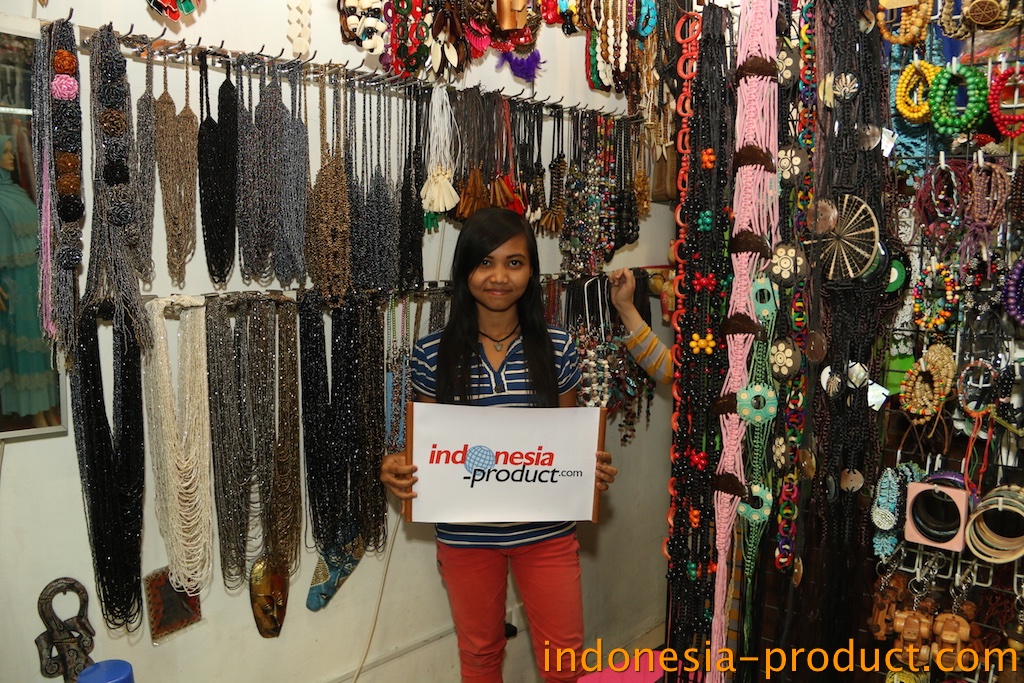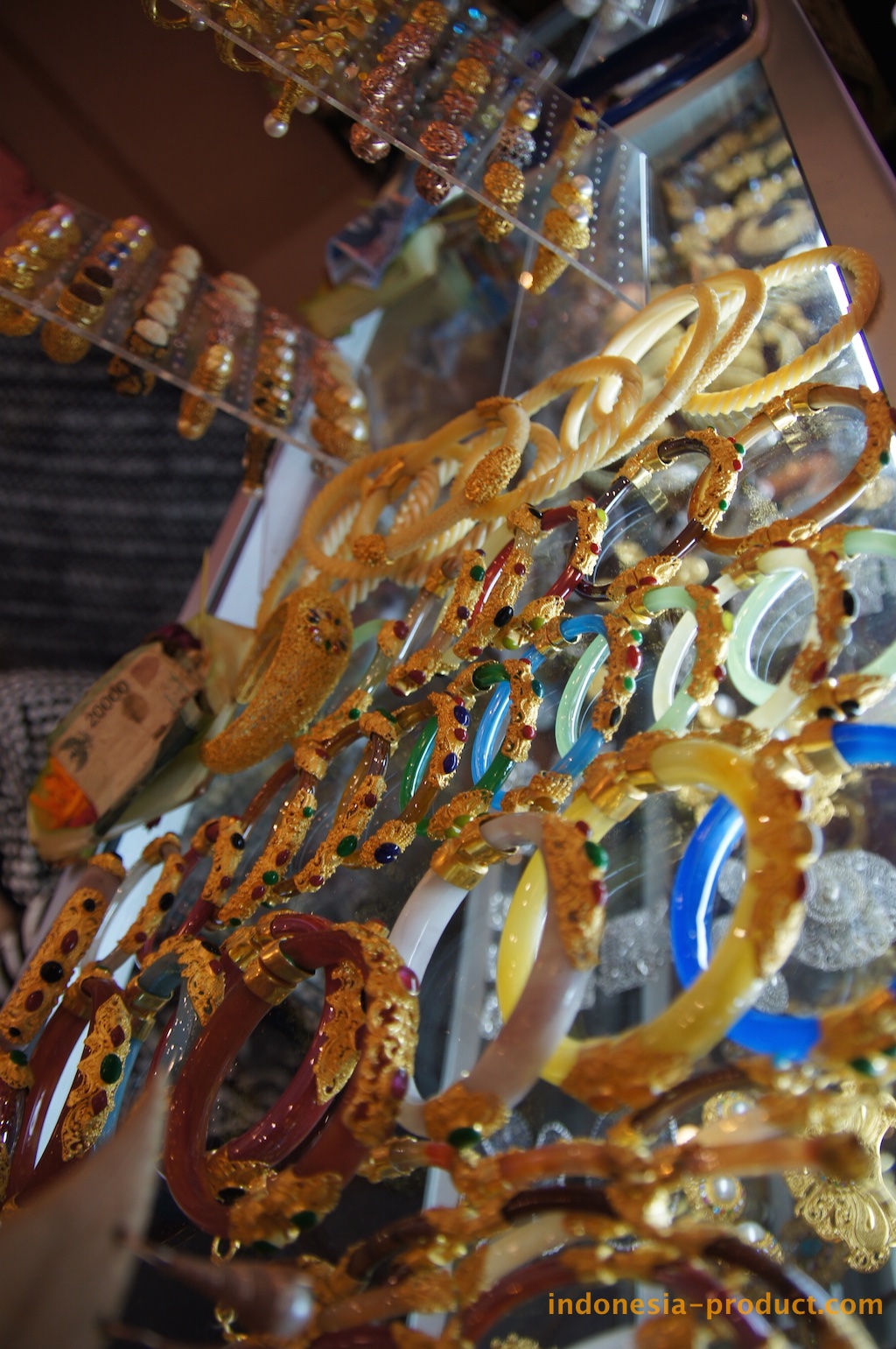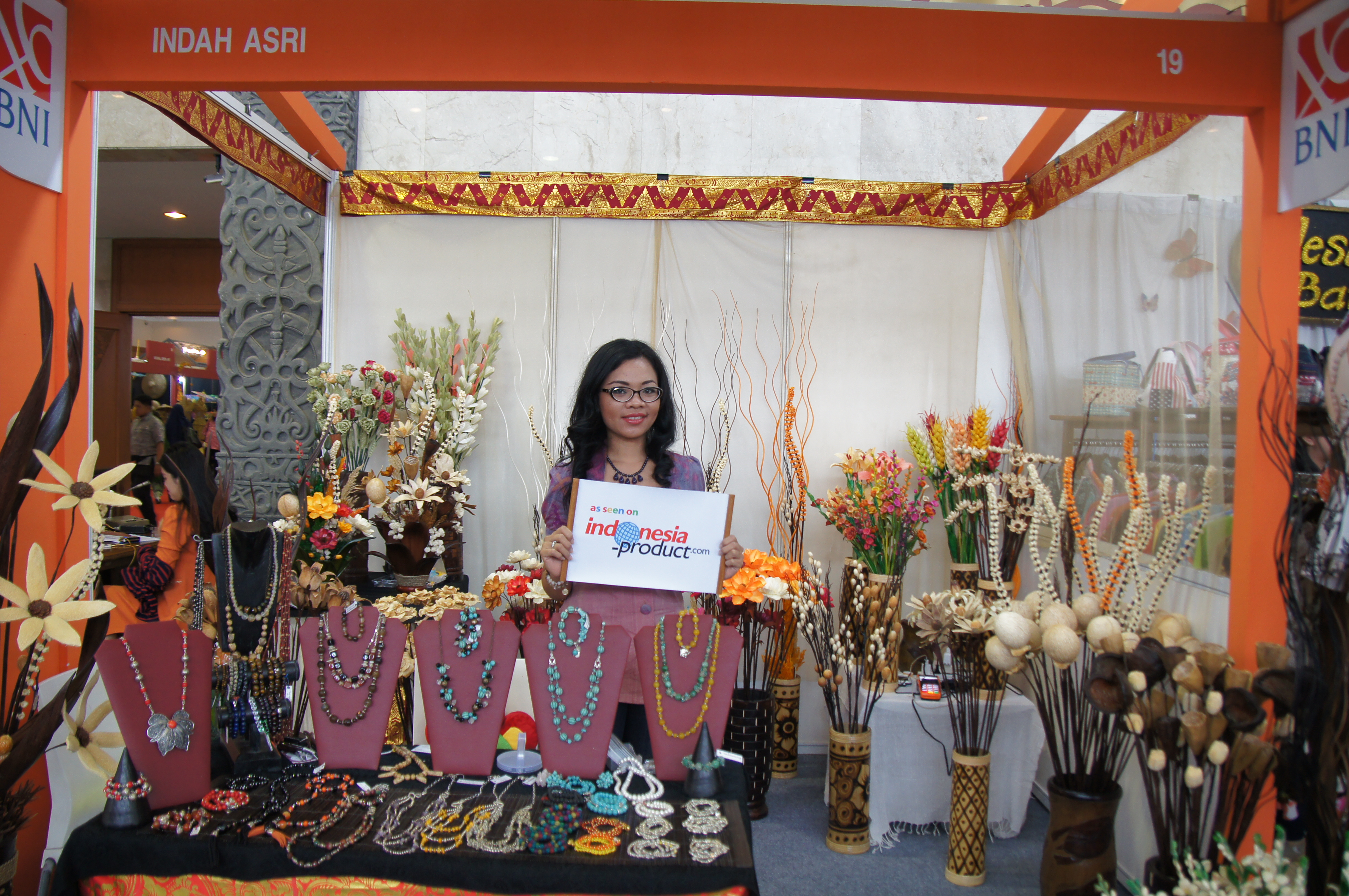Pedal to metal on gold jewelry prices
Boston Globe, United States
Uncertainty pushes prices up, but shoppers unlikely to be deterred
Holiday shoppers will have to pay more or settle for less when they buy gold jewelry as the price of precious metal surges in global commodity markets.
Gold has gained more than $150 an ounce, or 25 percent, since mid-August, boosting the price of jewelry by 5 to 15 percent, jewelers said. And bigger price increases are on the way.
Signet Group PLC, the British parent of the Kay Jewelers chain, said recently it will pass on a greater share of rising gold and precious metals prices to US customers after Valentine’s Day, another key selling period for jewelers. Signet said it absorbed much of those rising costs over the past several years.
“The recent sharp rise in the price of gold has not completely flowed through to the price of jewelry – yet,” said Kenneth Gassman, an independent jewelry industry analyst. “We are going to see significantly higher prices next year.”
Gassman said he expects prices to increase steadily as jewelers replace stock, most of which was purchased for the holiday season in the summer, before gold began its latest run. When manufacturers sell to retailers, the costs are based on the price of gold that day, said Curt Ley, president of Manufacturing Jewelers and Suppliers of America, a national trade group in Providence.
Gold rose $13.30 an ounce to $807.70 yesterday, down 5 percent from its recent intraday peak of $848 on Nov. 7.
Geopolitical and economic uncertainty are sparking the recent gold rush, analysts said. Although once branded a “barbaric relic” by the influential economist John Maynard Keynes, gold is still considered by many investors as a safe haven in troubled times.
And times have seemed troubled lately, from the spreading US foreclosure crisis to the falling dollar to the standoff over Iran’s nuclear program. As these and other concerns mounted over the past few months, investors pushed gold above $800 an ounce for the first time since 1980, when oil shocks, stagflation, and the Iranian Revolution shook investors.
“When folks are looking for a relatively safe place to invest,” said Mike Helmar, senior economist at Moody’s Economy.com in West Chester, Pa., “they buy gold.”
For jewelers, rising gold prices add another worry to a holiday season in which higher energy costs, falling home values, and a faltering economy weigh on consumer spending. November and December account for about one-third of jewelers’ annual sales, according to Gassman, the industry analyst.
So far, jewelers said, the season is off to a solid start. Jewelers of America, a New York trade group, projects national jewelry sales will rise 4 percent during the holiday season, compared to 3 percent gains in each of the past two years.
“People who want jewelry gifts are going to get jewelry gifts,” said Richard Finn, vice president at E.B. Horn Jewelers in Boston. “If you’re planning to spend $500 or $1,000 for a gift, $575 or $1,100 is not a deal breaker.”
Jewelry prices don’t track gold prices exactly, since they include other costs, such as labor. Often, gold represents only a small part of the cost of jewelry, particularly for pieces with precious stones, such as diamonds, rubies, and emeralds. Hence, rising gold prices have little impact on the overall cost.
How much more shoppers will pay this year depends on how much gold the pieces contain and when jewelers bought it. For example, a pair of small gold hoop earrings that cost $190 in June, now costs $205, said Susan Gustafson, gold and silver buyer at DeScenza Diamonds in Boston. On the other hand, a heavier gold chain that sold for $1,450 in October, cost $965 a year earlier.
In many cases, retailers are absorbing some of the costs, taking smaller profits to keep merchandise within popular price ranges, such as less than $1,000 and less than $500. Customers on budgets are also making adjustments, jewelers said, settling, for example, for silver instead of white gold.
Still, some people have to have gold. Last week, at Rogers Jewelry in downtown Quincy, Maralin Manning of Milton pored over gold earrings, bracelets, and necklaces before finding a chain of white and yellow gold, selling for about $1,300. Manning, director of the Quincy Business Association and an adjunct professor at Mount Ida College in Newton, didn’t buy it then but said in an interview later that she planned to go back for it.
“If you’re buying for yourself, the price point becomes less important,” she said. “I’m not trying to satisfy anyone else, I’m trying to satisfy moi.”
For many gold fans, said Jeff Bertman, manager of Rogers, rising prices underscore the value of gold, making it even more attractive. “There’s not a lot of consumer products that hold their value like gold,” said Bertman, whose family has owned Rogers since 1960.
Bertman’s father, Mark, added that certain gold products are immune to price volatility. He pulled out a catalog of wedding bands, pointing to a 3-millimeter gold band selling for $179, up from $139 a year ago.
“Is 40 bucks going to stop you from getting married?” he asked.
Robert Gavin can be reached at rgavin@globe.com





